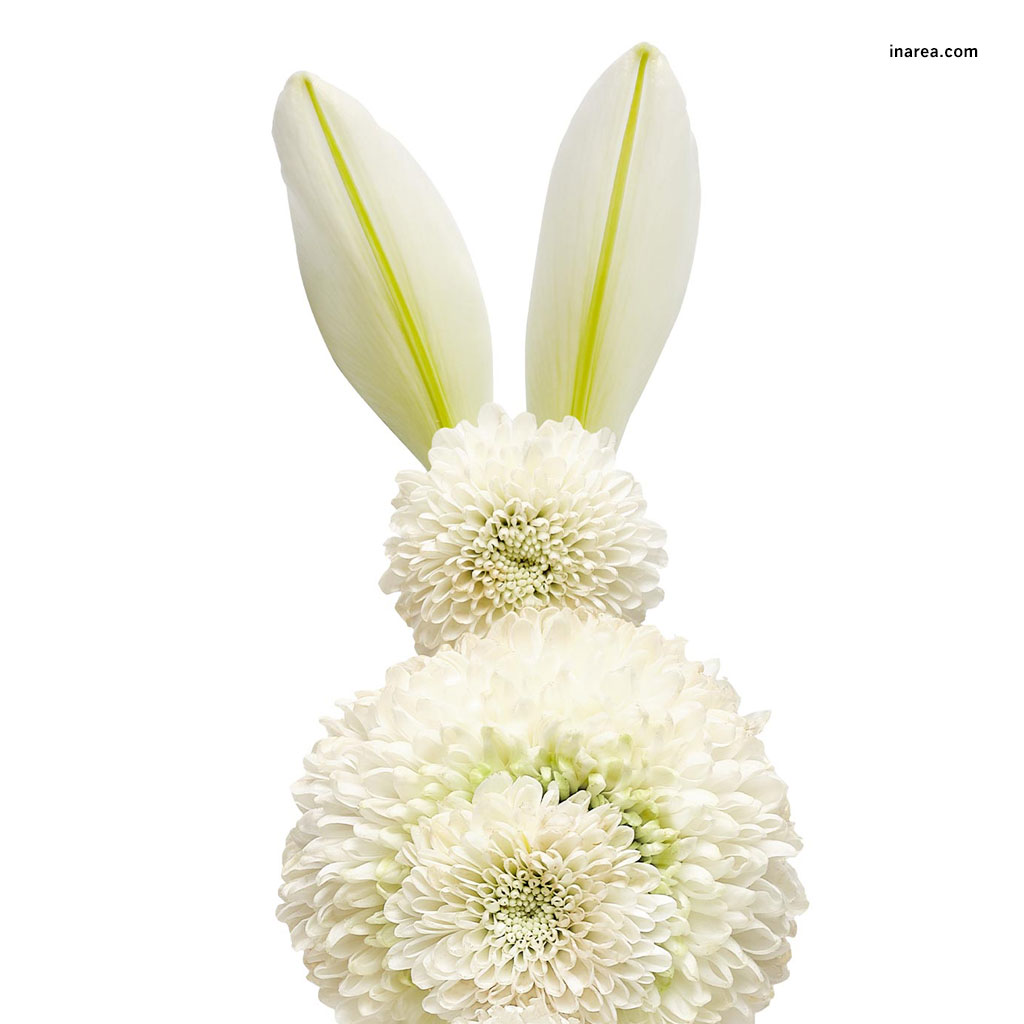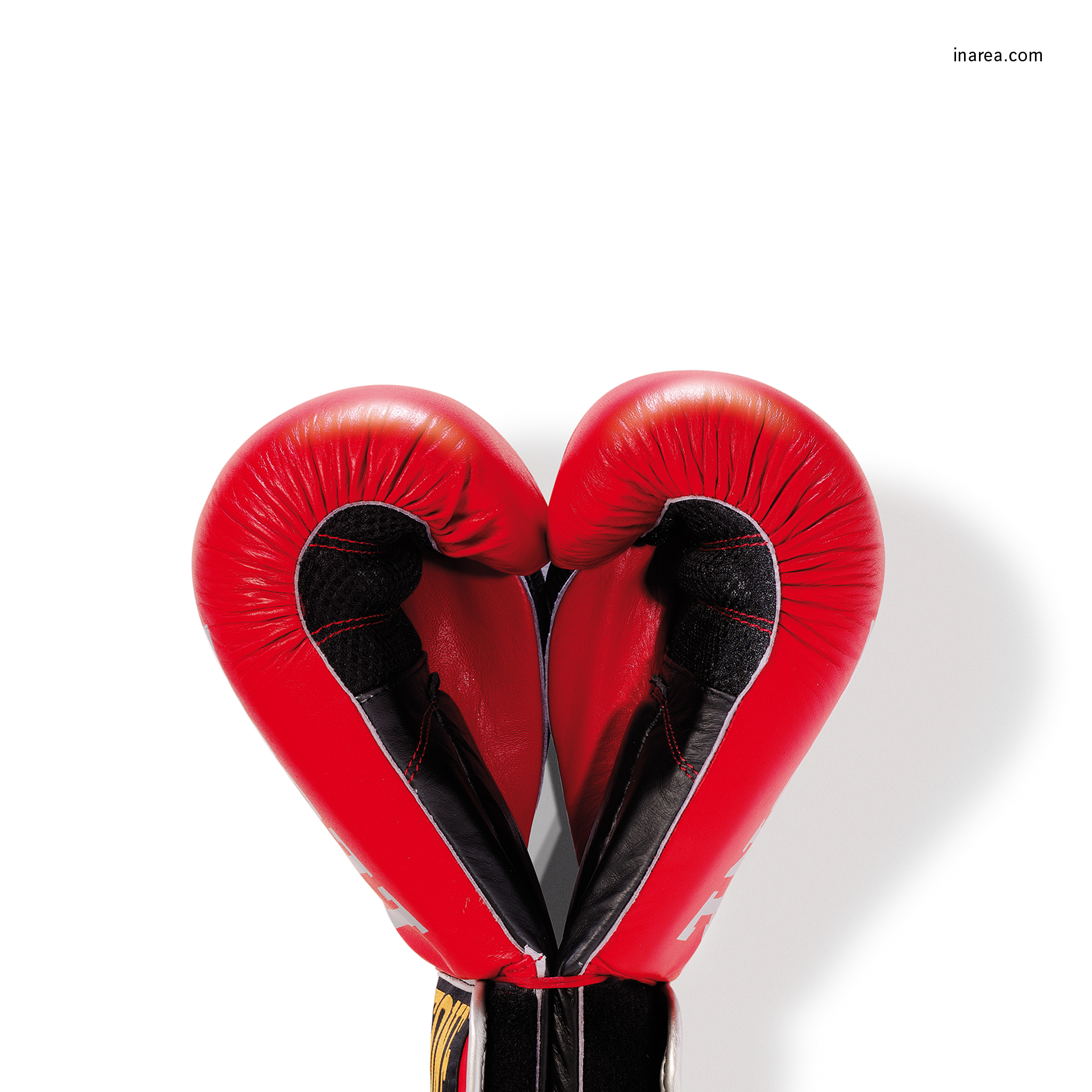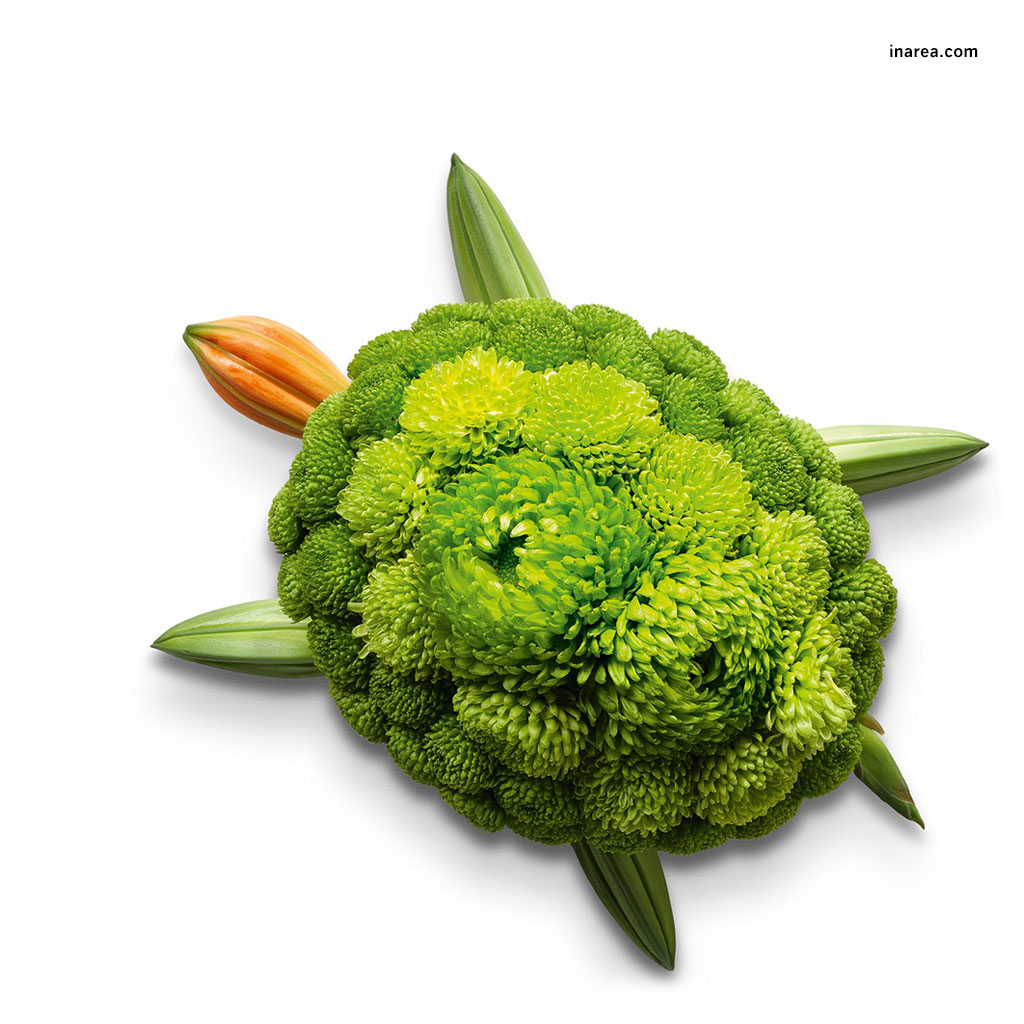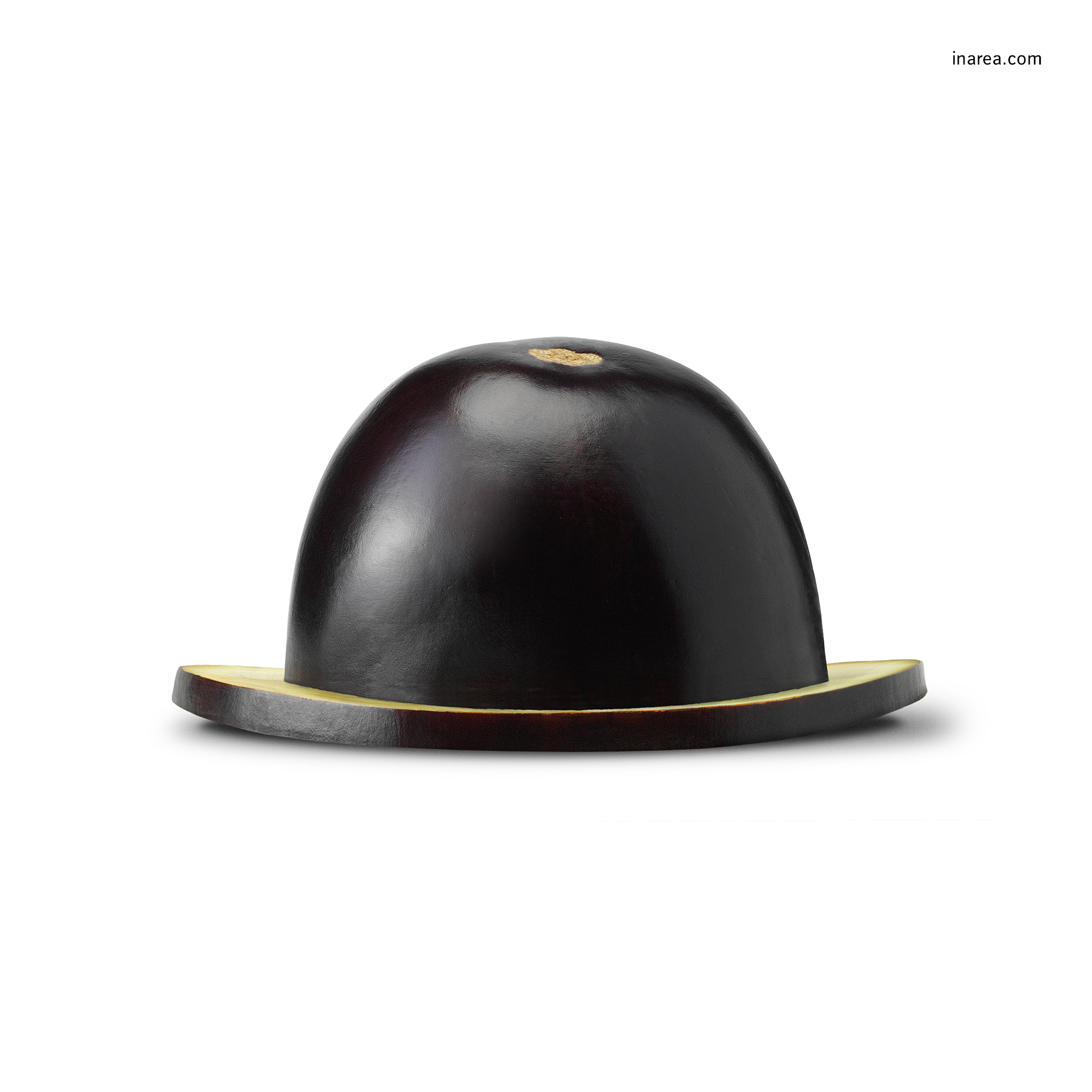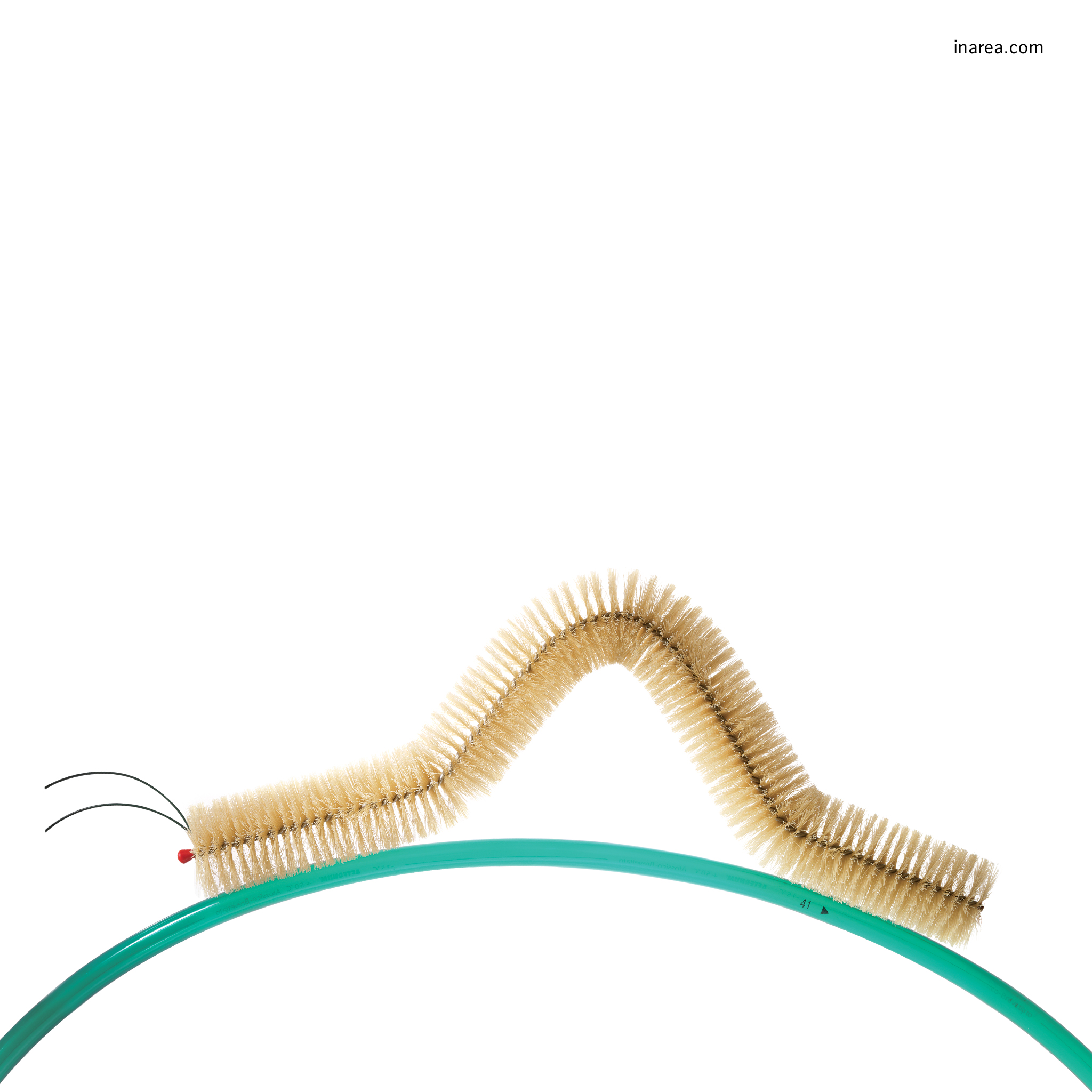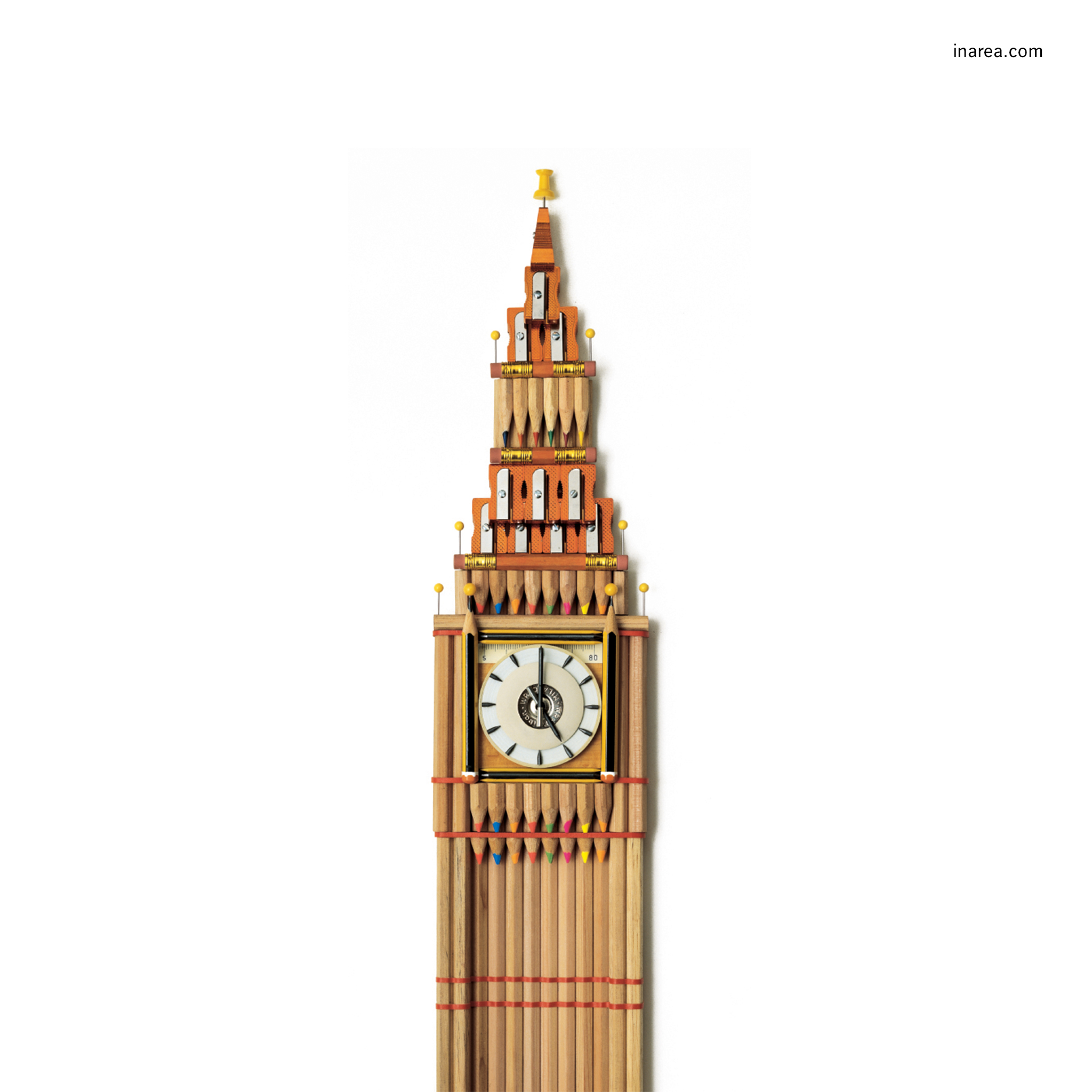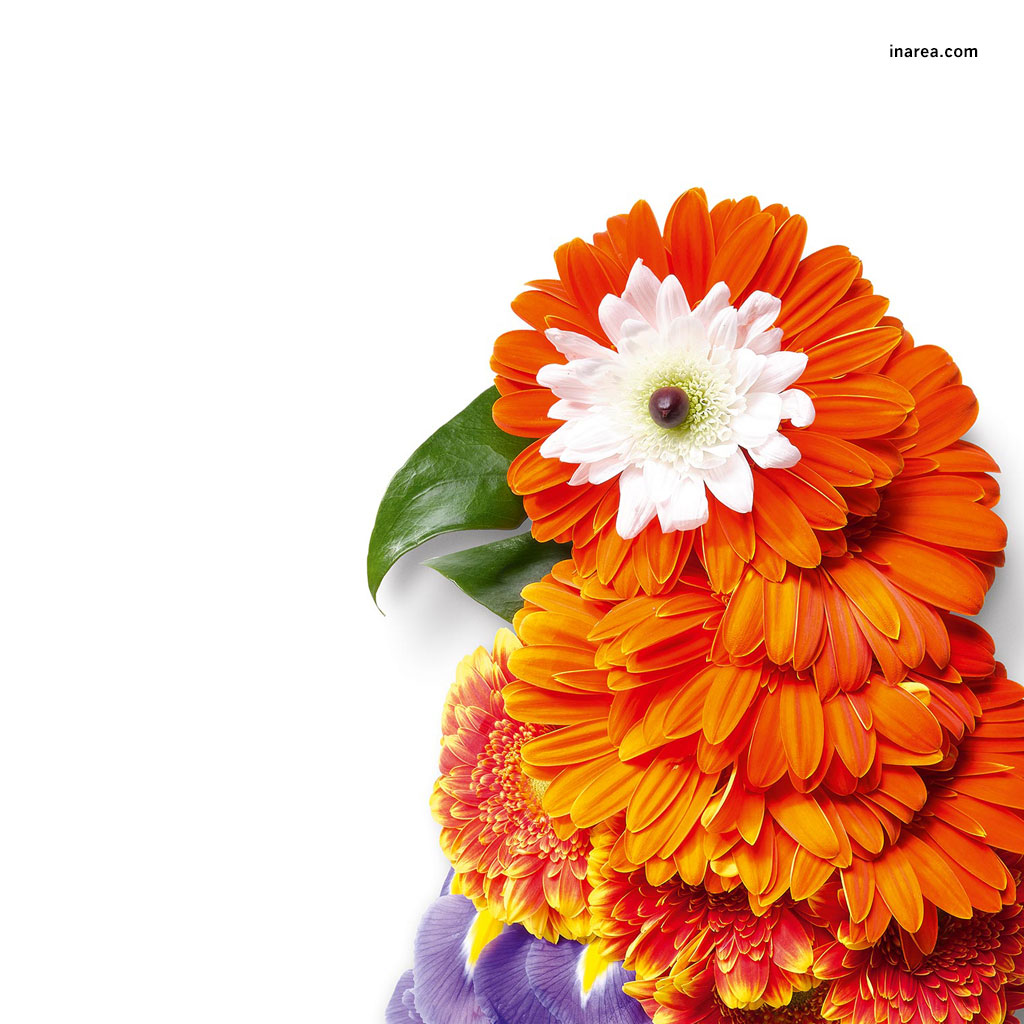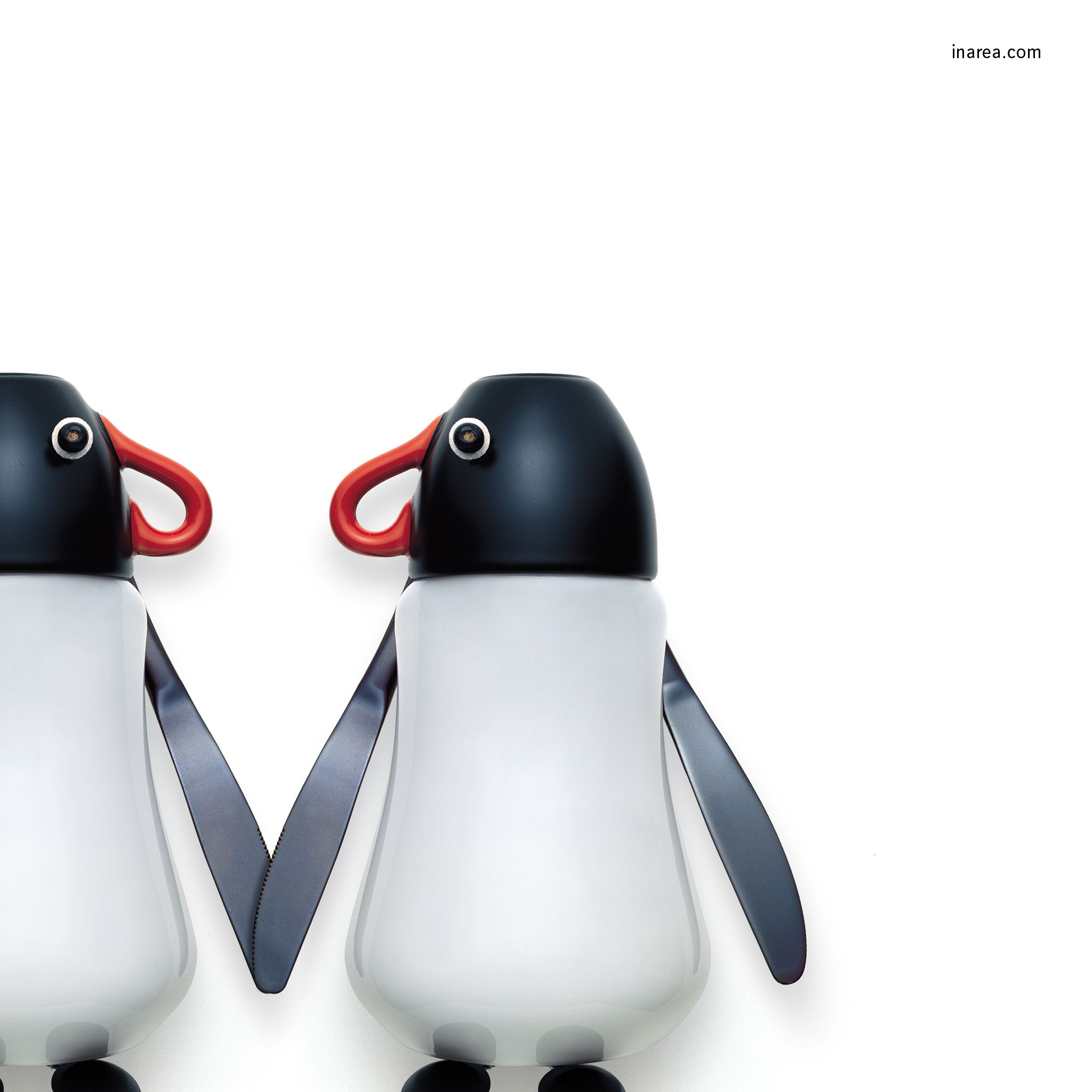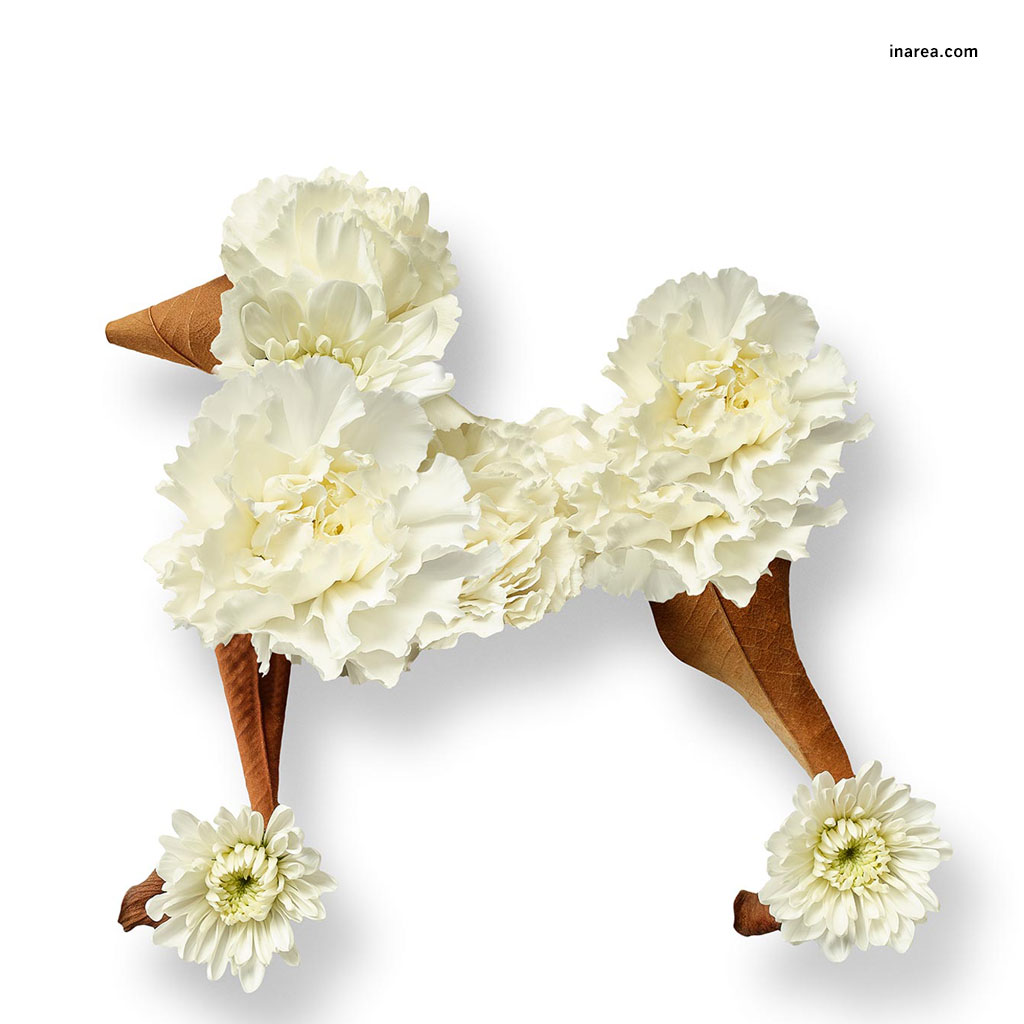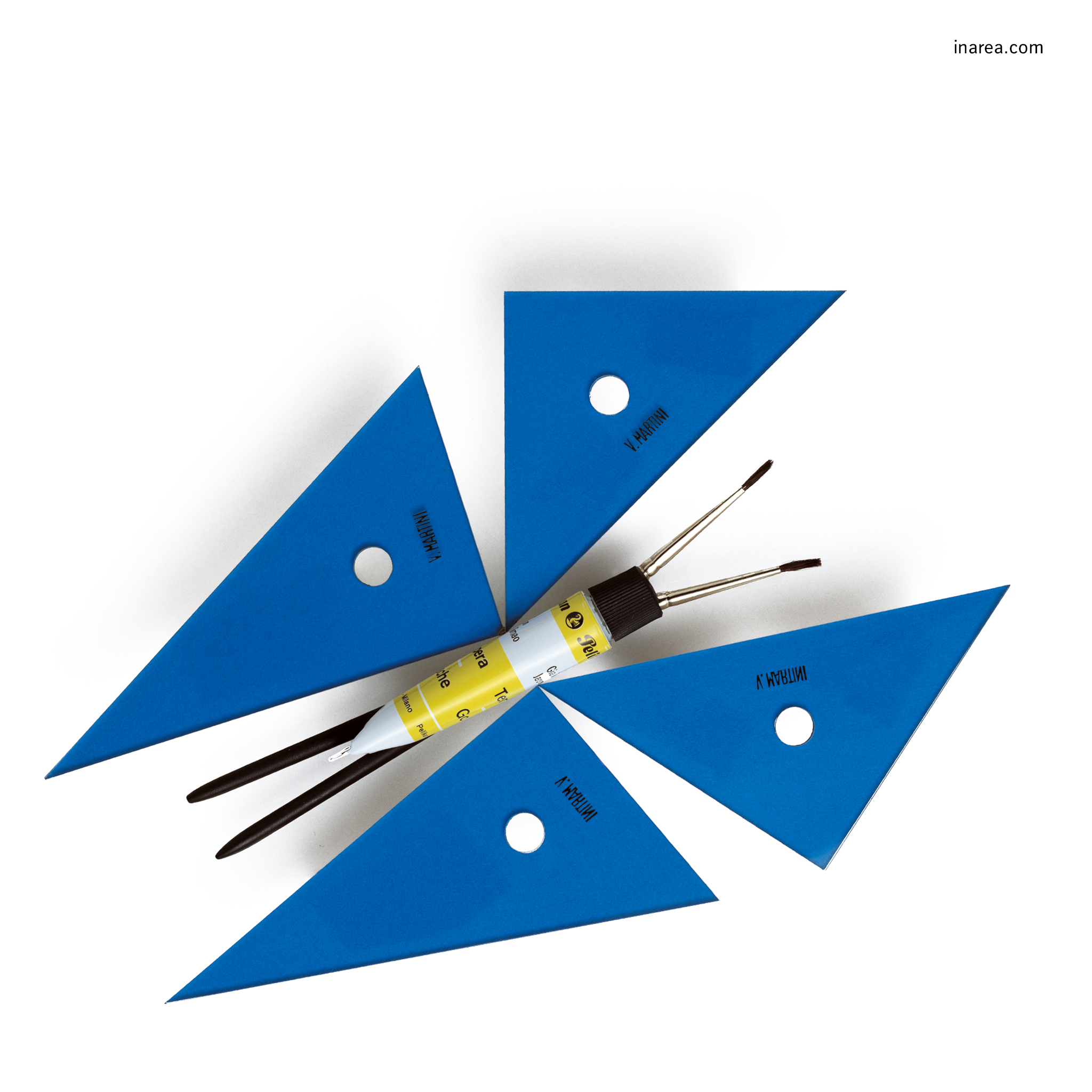Easter tales, Bunny tails
Beliefs and cupboards: it’s the same word in Italian and, coincidentally, both have a relevance to Easter. The latter, because at this time of the year a cupboard often contains a stash of chocolate; the former, because it comprises symbols and legends such as the one surrounding the rabbit. Our furry, long-eared friend has multiple identities depending on the context: from fearful, quivering leporid, to the most shamelessly prolific of animals. This week, however, the rabbit’s persona is quite simply that of the Easter Bunny. Originally, the role used to be the prerogative of its cousin the hare, an animal that was sacred to the Germanic goddess Eostre… a name from which that of “Easter” is but a hop, skip, and jump away to the members of the Leporidae family. In other words, the last hundred years of Easter marketing stand rather shakily on an erroneous belief, a bit like a wobbly cupboard on unstable legs. But little does it matter if we’re talking here about rickety kitchen furniture or a spurious tail – correction, ahem, tale. What counts is that the spring festivity celebrates rebirth and that eggs are symbols of new life. Courage is not a requisite if it’s a prolific season that we’re hoping for this spring: indeed, what animal could be more propitious than a springing, bouncy, bunny rabbit? With our best wishes for a happy Easter!

